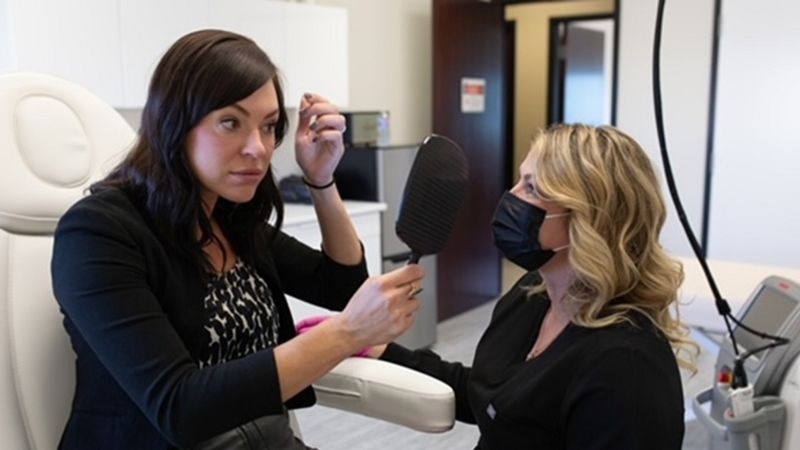One-in-a-million disease pits white blood cells against organs
DEAR DR. ROACH: I am an 83-year-old male and have been in excellent health. My vital signs all are normal, my heart function is normal, MRI of my brain and a full-body X-ray of my bones are normal, but a CT scan of my abdomen showed organs with “fuzzy” material around the exterior. I recently was diagnosed with Langerhans cell histiocytosis. The symptoms are: a severe, very itchy upper torso body rash on both front and back; swollen feet, ankles and lower legs; and a general feeling of unstable tiredness. I am not able to sleep well because of the itchiness.
My local hematologist has seen only two cases in his 30-year career, both in young children. I consulted with a leading hematologist in a university medical school, and she told me that she has seen five cases this year — it’s apparently very rare, especially in older adults. The recommended treatment is 500 mg capsules once a day of hydroxyurea (Hydrea). After a week of this drug I have felt no results. — J.J.
ANSWER: Langerhans cell histiocytosis is a rare disease, especially in adults (about one in a million). It is now considered a cancer, as the abnormal cell, the histiocyte (a type of white blood cell) infiltrates multiple organs and causes damage to healthy tissues. The skin is a common organ to be affected, and an itchy rash (which can look like just about anything) also is common. It may be the case that you have had this condition far longer than you thought. Other organs can be affected, and I suspect that the abnormal CT scan may represent LCH in the abdomen. The liver and spleen are organs that, if affected, are associated with a worse prognosis.
Hydroxyurea often is effective as treatment for LCH. It is used along with another drug, methotrexate. One week is not nearly enough time to see whether the treatment is effective. It may take months for a good response. If indeed your internal organs are affected, more intensive therapy may be recommended.
Getting consultation from an expert is a very good idea for this rare and complex disease. Perhaps the greatest expert in the U.S. for this condition is at Baylor College of Medicine in Houston.
DEAR DR ROACH: Please give me your opinion on fillers. They are now available everywhere — dentist, dermatologist, medical spas — not just at the plastic surgeon’s office. I do indulge in a plump now and then (cheeks). Even though everyone assures me it’s perfectly safe, they are making quite a bit of money in the process, which makes their assurances questionable. — K.L.
ANSWER: There are many different injectable soft-tissue fillers used mostly for cosmetic reasons. Some of these, such as collagen and hyaluronic acid, are biodegradable, meaning that the body will get rid of them over time. They are generally safe, but there is no such thing as a perfectly safe medical procedure.
Risks of injectable fillers include redness, bruising and swelling, which are seen so often that they are almost routine. These can be minimized by applying ice after injection. More-serious side effects include blockage of blood vessels, scar formation and infection. These are quite unusual. Some people can be allergic to a component of the filler. One study estimated serious adverse events at 0.02 percent of injections.
* * *
Dr. Roach regrets that he is unable to answer individual letters, but will incorporate them in the column whenever possible. Readers may email questions to ToYourGoodHealth@med.cornell.edu or send mail to 628 Virginia Dr., Orlando, FL 32803.
(c) 2018 North America Syndicate Inc.
All Rights Reserved


